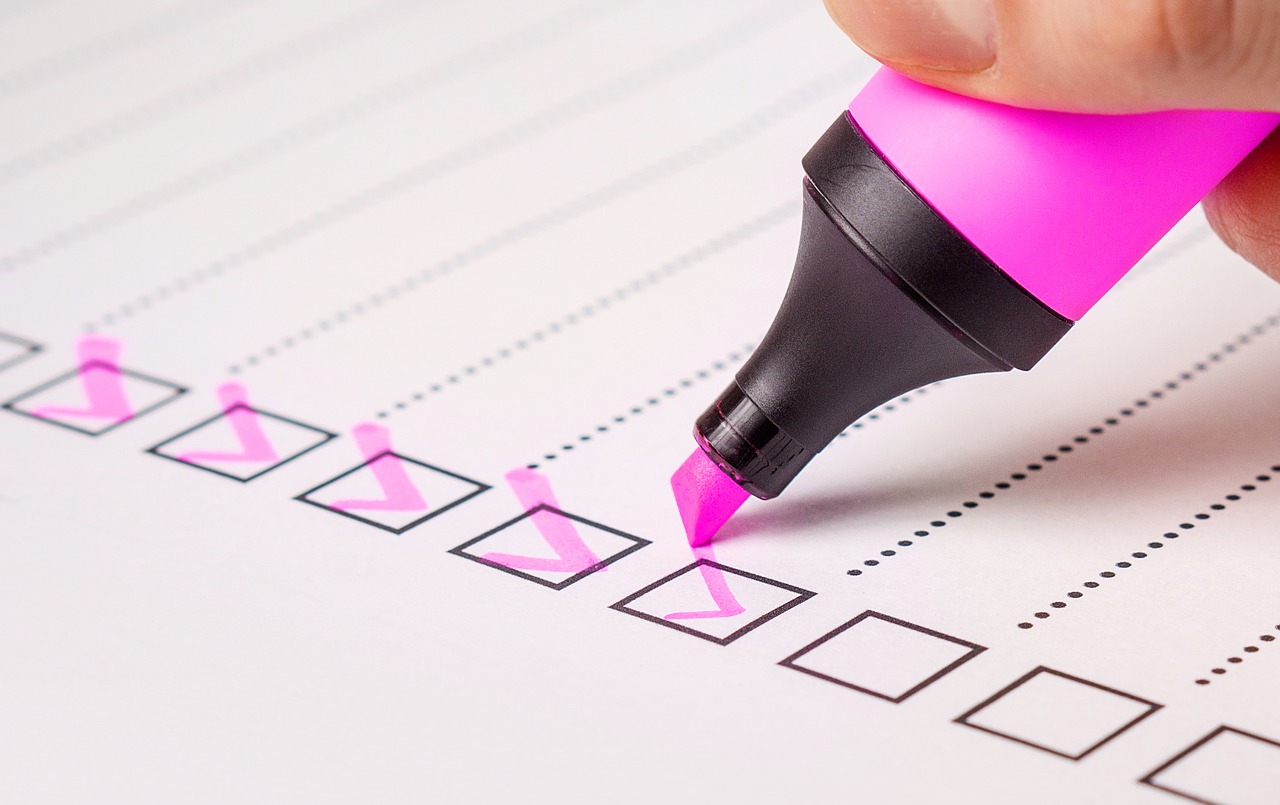The U.S. Department of Homeland Security has several agencies to maintain safe traveling around the country. The Transportation Security Administration, or TSA, increased its vigilance after the attacks of 9/11. It now ensures complete checking of all goods and baggage being locomoted from one part of the USA to the other. In this operation, TSA X-Ray plays a significant role by scanning the luggage and recognizing all objects within a bag.
All people applying for the job of a TSA Inspector need to pass the TSA X-Ray test as a mandatory part of their application procedure. This test, also known as the baggage scanner training, checks the candidate’s competency in the identification of commodities and screener awareness.
The use of X-Ray devices for object recognition is maintained only at the airports, subways and train stations, making it a very niche job and thus, cooperatively difficult. However, if you are preparing to take the TSA X-Ray test, then with adequate practice and familiarity with the test pattern you can easily score higher in this segment. You can practice the TSA test here to have a mock practice and ace the exam with flying colors.
What is the format of the TSA X-Ray test?
In the TSA X-Ray test, you will be expected to review the objects inside a bag within a few seconds and identify the illegal ones to be carried along while traveling. Scores are allocated to proper identification and the amount of time taken to reach a conclusion.
The first step to recognize is to view the black and white image and figure out the objectionable items with the help of solid black boundaries. The image is quite sharp, and with repeated practice, you can be quick with recognizing arms and other prohibited articles.
However, if you are unable to identify the tools in a black and white scan, you can switch to the color mode. Different color codes are attached to items with different densities, varying from a scale of blue to red. Blue indicates denser materials, and red implies the least dense things. The color coding works in a specified pattern, as follows:
Blue/Black
The densest of all, blue or black suggests the hard items being scanned and their structure should be most focused on. Arms and ammunition, metals, jewelry, hard plastic, batteries, wires, and all other solid objects are shown on this scale.
Green
Green mostly encompasses the less dense plastic goods and alloys. A combination of blue and green suggests an electronic device that should be screened separately for safety reasons.
Orange
Orange indicates all the biological materials like leather, gel, rubber, liquid, food, non-plastic explosives, and so on. It is important to scan the orange items thoroughly as organic explosives and drugs can be detected here. Also, a limited amount of liquid can be carried by airways, and so, the liquid items should be rescreened after removing them from the main baggage.
Red
All the low-density items are denoted by red when the machine faces minimum or almost no resistance in scanning the particular objects. It includes very light substances such as clothes, paper, and textiles.




